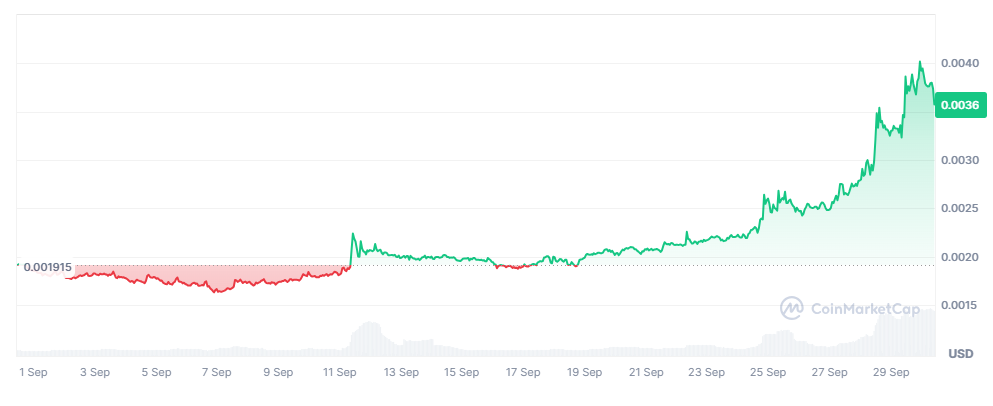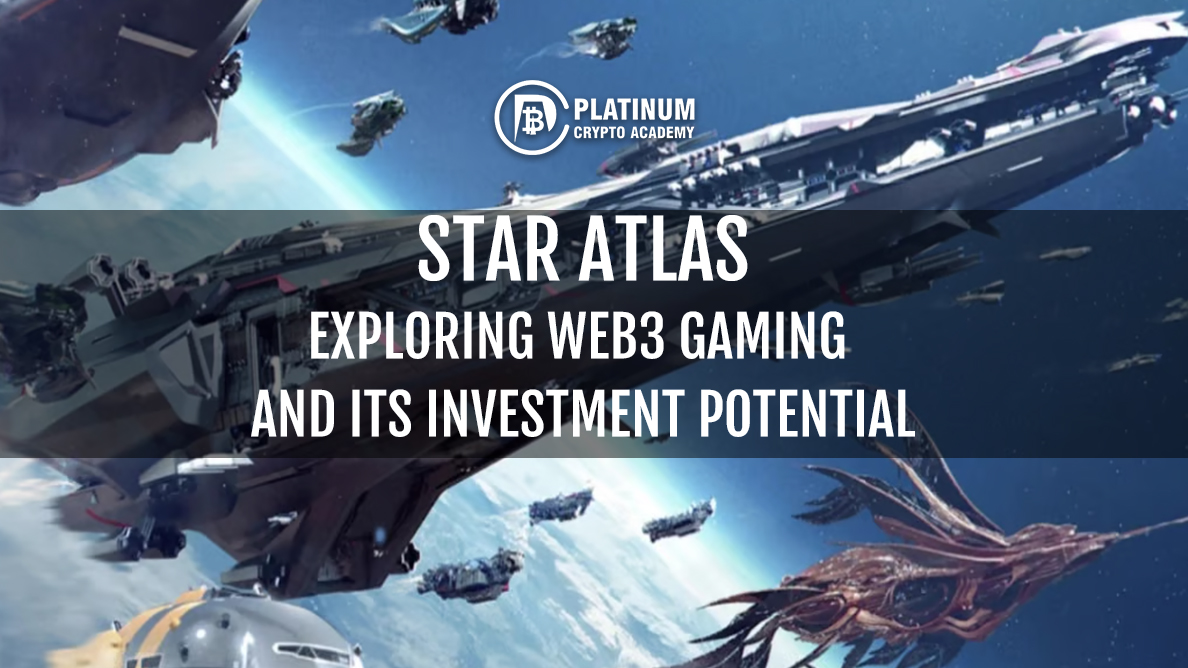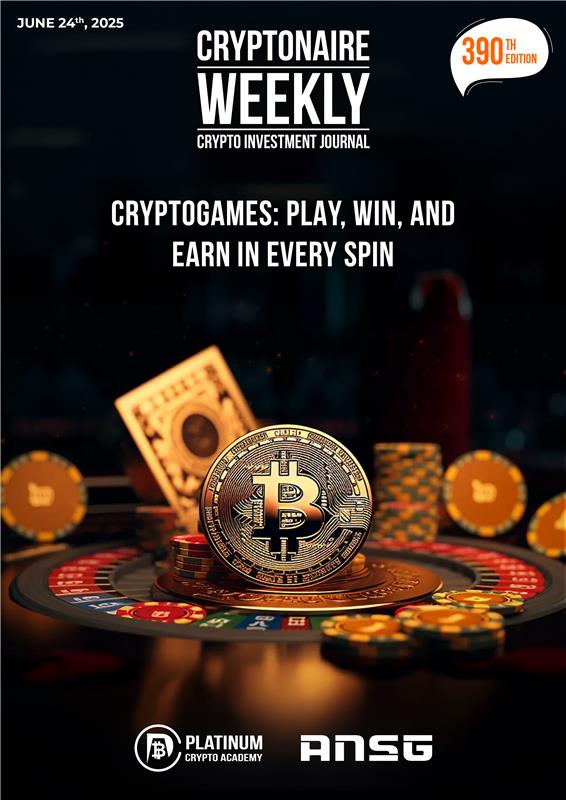As a long-time crypto enthusiast and investor, I’ve always been fascinated by the intersection of gaming and blockchain. When I first came across Star Atlas, I knew it had the potential to be more than just a Web3 game. It felt like a bold new frontier—a decentralized digital universe where in-game economies, governance, and real-world economic opportunities collide. I’ve spent a lot of time diving into what Star Atlas offers, and I want to share what I’ve learned, particularly from recent presentations and updates.
If you’re like me, constantly searching for the next big investment opportunity in the crypto world, Star Atlas should be on your radar. Let me take you through why I believe this project is not just a game but a thriving ecosystem with potential for serious return.
Why Star Atlas Caught My Eye
When I first heard Michael Wagner, the CEO of Star Atlas, talk about the project’s vision, it was clear this wasn’t your typical play-to-earn game. Star Atlas is a AAA space exploration MMO built on Unreal Engine 5, deeply integrated with Solana’s blockchain. From the start, it struck me how this game is creating a fully immersive digital universe with real economies, governance systems, and tokenized assets that mirror the real world.
For an investor, that’s huge. We’re not just talking about speculative gaming tokens that might rise and fall; Star Atlas is building a complex and self-sustaining ecosystem where you can own, trade, and even govern assets that hold real-world value. I could immediately see the long-term potential—not just as a gamer but as someone who values tokenized ownership and blockchain integration.
In-Game Economies: Where Investment Meets Gameplay
The in-game economy is one of the most compelling aspects for me. I’ve seen plenty of Web3 projects, but Star Atlas has something different. Wagner mentioned that Star Atlas is responsible for 15% of Solana’s daily non-vote transactions—and this with only 1,500 to 2,000 active daily users. That blew my mind. It’s not just about people playing a game; these players are mining, crafting, and trading real assets, all tokenized and handled through Solana’s blockchain.
What this means for us, as investors, is that the economy isn’t driven by speculative tokenomics. Instead, players create value through resource management, building, and trading goods that are essential to the game. Whether it’s mining for fuel or crafting valuable items like ships, the in-game assets have real demand—and that’s where the investment opportunity lies.
I’ve been watching how the play-to-earn (P2E) model has evolved within Star Atlas. Unlike many projects that inflate their token supplies or reward systems, Star Atlas has created a model that mirrors real-world supply and demand. Players are essentially part of a decentralized economy, and as more people join, the value of these in-game assets could rise significantly.
The Two-Token Model: ATLAS and POLIS
One of the key features that makes Star Atlas stand out, especially from an investment perspective, is its two-token model: ATLAS and POLIS. This system is designed to serve the dual needs of the Star Atlas economy—one for in-game utility and one for governance. Understanding how these two tokens function within the Star Atlas ecosystem is crucial if you’re considering investing in the project.
ATLAS: The Utility Token
ATLAS is the primary utility token within the Star Atlas game. Players use ATLAS to conduct in-game transactions, such as purchasing ships, upgrading equipment, and engaging in resource mining. Essentially, ATLAS functions as the fuel that powers the in-game economy. Whether you’re building a fleet or upgrading your assets, ATLAS is the currency that facilitates these interactions.

As a crypto investor, ATLAS represents an opportunity to get involved in the day-to-day economic activities of the Star Atlas universe. With over 1,500 to 2,000 active users transacting within the game, ATLAS is continually circulating within this ecosystem. As more players join the game and the economy grows, the demand for ATLAS is expected to rise, potentially increasing its value. Holding ATLAS not only allows you to participate in the game’s economy but also gives you a direct stake in the growing Star Atlas community.
POLIS: The Governance Token
While ATLAS is the token for transactions, POLIS is where governance and long-term influence come into play. As a governance token, POLIS allows holders to participate in decision-making processes that shape the future of the Star Atlas universe. This is more than just a cosmetic feature; POLIS holders can vote on key issues, including game mechanics, economic updates, and changes to the Star Atlas universe.
For me, POLIS is particularly exciting because it empowers investors to be part of the decentralized governance of the game. You’re not just passively holding a token—you’re helping to direct the future of the game and its economy. This could include decisions on tax rates in in-game regions, economic regulations, and even the management of in-game factions. In the long term, this gives POLIS holders significant influence over the ecosystem, especially as the game expands.

In my experience, governance tokens like POLIS provide a deeper connection to a project, and in the case of Star Atlas, they allow investors to actively contribute to the platform’s development. As more players and investors enter the ecosystem, the value of having a say in these decisions—alongside the potential value appreciation of the token—makes POLIS a key part of any investment strategy in Star Atlas.
How ATLAS and POLIS Work Together
The beauty of the two-token model is how ATLAS and POLIS complement each other. While ATLAS drives the economy, POLIS allows players and investors to influence how that economy evolves. This creates a self-sustaining system where players are not only motivated to grow their in-game assets but also have the power to influence the broader ecosystem.
For crypto investors, this dynamic opens up multiple avenues for profit. You can accumulate ATLAS to leverage in-game activities or to speculate on the growth of the Star Atlas economy. At the same time, POLIS offers long-term value through governance participation and potential appreciation as more players seek a role in shaping the game’s future.
Why the Two-Token Model Matters for Investors
The two-token model is what makes Star Atlas more than just a gaming project. It’s a fully functioning ecosystem where utility and governance tokens serve distinct but interconnected roles. From an investment standpoint, this diversification allows for multiple strategies—whether you’re actively engaging in the game or simply holding tokens as a long-term bet on the growth of the ecosystem.
By holding ATLAS, you can tap into the growing in-game economy, benefiting from increased activity as more players join. With POLIS, you gain the power to influence how that economy operates, adding another layer of depth to your investment. Together, these tokens create a balanced and scalable model that could drive significant value as Star Atlas continues to grow.
Asset Ownership: A Key Driver for My Investment
Let’s talk about asset ownership. One of the things that excites me most about Star Atlas is the idea of true ownership over digital assets. Whether it’s owning a ship, a piece of land, or a valuable NFT within the game, everything you acquire has tangible value. These aren’t just in-game items—they can be traded, leased, or used to generate passive income within the Star Atlas ecosystem.
For me, this is where the real investment potential comes in. You’re not just buying tokens in hopes they rise; you’re buying functional assets that have immediate utility and long-term value. With Sage, the browser-based version of Star Atlas, players can compete to upgrade star bases, mine valuable resources, and gain advantages within the game. The constant demand for resources means there’s a vibrant marketplace where real value is exchanged.
I’ve been investing in ships and other digital assets, knowing that as the game expands, so too will the demand for these items. The fact that Star Atlas has already seen $1 million in monthly asset trading volume shows there’s serious potential here. And with more features like combat systems and resource burn coming, the value of these assets could skyrocket.
Governance and DAX: Where the Community Takes Control
Another feature that sets Star Atlas apart is its focus on governance and decentralized autonomous corporations (DAX). As a crypto investor, I’ve always valued projects that empower their communities, and Star Atlas does this in a way that’s both innovative and practical.
There are already over 179 DAXs registered within the game, holding over $100 million in assets. What excites me most is how PIP (Polus Improvement Proposals) allows players and investors to actively participate in the game’s governance. As someone who likes to have a say in the projects I invest in, this gives me a direct role in shaping the future of Star Atlas.
These DAXs are more than just guilds; they operate as on-chain organizations, with real governance power over their in-game assets. This system creates a decentralized, player-driven economy where players own their fate. It’s like investing in a company but with more control over how your assets are used and how the project evolves.
What’s Next: The Future of Star Atlas
As I look to the future, I can’t help but feel optimistic about where Star Atlas is heading. The development team is constantly pushing boundaries with new features like a mobile app, more multiplayer gameplay, and expanded economic models.
The browser-based Sage game is already live, offering the chance to compete in fleet-based gameplay and resource management, but the introduction of new systems like combat mechanics and asset destruction will add another layer of complexity to the economy. That’s going to create even more demand for resources, ships, and in-game assets—all of which can be traded on the open market.
For someone like me who loves both gaming and investing, Star Atlas represents the best of both worlds. It’s a place where my passion for digital assets and crypto economics can thrive.
My Take: Why Star Atlas is a Solid Bet for Investors
In my journey exploring Star Atlas, I’ve come to realize that this is more than just a Web3 game—it’s an ecosystem with real investment potential. Whether you’re looking to buy and trade in-game assets, participate in decentralized governance, or simply explore the economic opportunities within the game, Star Atlas offers multiple avenues for growth.
I’ve made my investments, and I’m excited to see where this digital universe goes. So, the question is: Are you ready to dive into Star Atlas and capitalize on its growing economy, or will you let this opportunity slip by?
Hopefully, you have enjoyed today’s article. Thanks for reading! Have a fantastic day! Live from the Platinum Crypto Trading Floor.
Earnings Disclaimer: The information you’ll find in this article is for educational purpose only. We make no promise or guarantee of income or earnings. You have to do some work, use your best judgement and perform due diligence before using the information in this article. Your success is still up to you. Nothing in this article is intended to be professional, legal, financial and/or accounting advice. Always seek competent advice from professionals in these matters. If you break the city or other local laws, we will not be held liable for any damages you incur.


